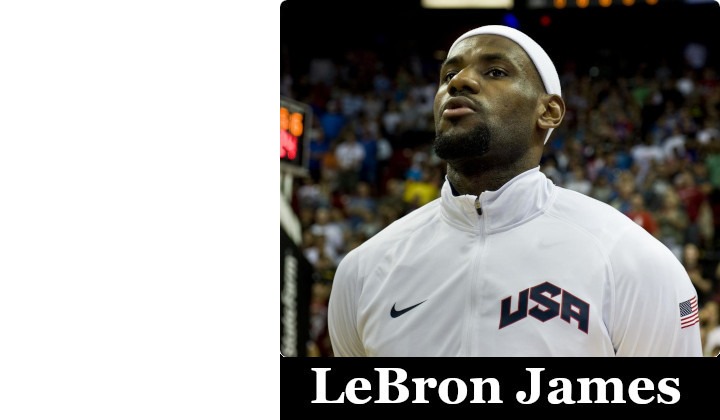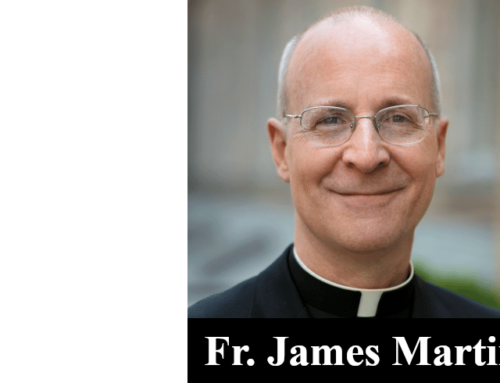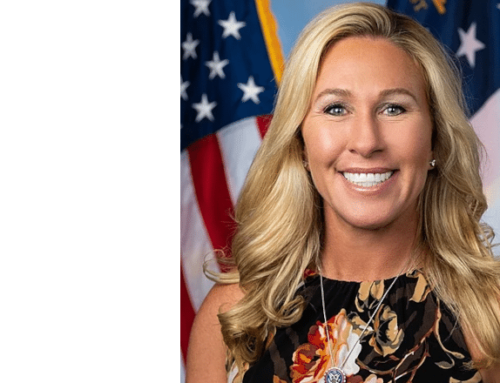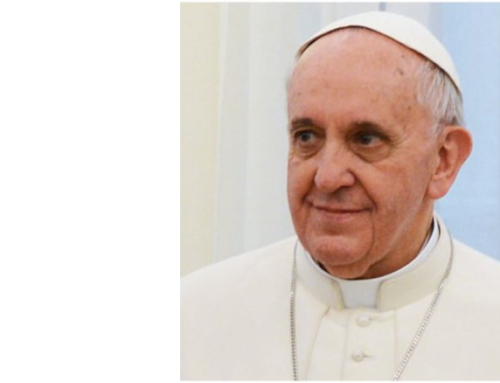He meant well. Basketball superstar LeBron James wanted to create a school for struggling minority students in his home town of Akron, Ohio that would be a model of excellence. It turned out to be a failure. The question is why.
Inadequate funding. Systemic racism. These factors are constantly being blamed for the poor academic performance of black Americans. James’ school made sure those problems would not haunt his students, and he did a great job in keeping his promise. But he still failed.
James’ I Promise School opened in the summer of 2018. The school, which targets at-risk students, is a joint effort between the LeBron James Family Foundation and Akron Public Schools; it receives considerably more money than the typical public school. It serves grades three through eight.
The array of resources the school has is stunning. Tuition is free, as are uniforms. Every student is given a free bicycle and helmet, as well as free transportation within two miles of the school. Breakfast, lunch and snacks are free. Counselors are readily available. When students graduate, they receive free tuition at the University of Akron.
Parents are afforded free GED classes and job placement; financial–literacy tutorials are available. There is a food pantry, and parents can design meals at the on-site food bank or cook at home. Free child care is provided. There is a barbershop and hair salon.
Teachers, as well as students, are afforded technology-free zones “for decompression.” Yoga classes are available. There are personal training sessions for teachers. Career development is provided, and there are psychological services for teachers.
The emphasis is on providing a well-rounded environment that meets the needs of students, teachers and parents. When students arrive, they are greeted with hugs and high-fives from the staff, occasionally dancing to Sister Sledge’s “We Are Family.”
When the school opened, Akron Public Schools posted on its website that it wants to be the “#1 urban school system in the United States.” A year later, the principal, Brandi Davis, said, “We are reigniting dreams that were extinguished—already in the third and fourth grade. We want to change the face of urban education.” In 2021, the fourth grade teacher said, “I think we really could start a revolution in public schools.”
There was reason for optimism. After its first year, 90 percent of the students met or exceeded individual growth goals in reading and math; this was better than what students did across the district. But this didn’t last long.
In 2023, it was reported that it’s been three years since the school’s eighth grade students achieved passing scores in math. The most recent data show that not one eighth grader passed the state’s math test. Only 8.2 percent of seventh graders were deemed proficient in English language arts, which was better than they did in math where there was a 1 percent proficiency rate.
None of the sixth grade students were proficient in math. For fifth graders, the figure was 1 percent. Only 9.9 percent of fourth graders hit the mark; for third graders, 11.5 percent met the math standard.
Why is the school not meeting expectations? It can’t be money—they are awash in it. Perhaps the answer lies more in the way students are treated. Those who run the school have opted for what can only be called the therapeutic approach to education.
“It’s almost like when you grow up in the inner city or your grow up in the projects, no one cares for you,” James said two years ago. “The goal and mission of the school is for the kids to feel like they’re superheroes.” But if “superheroes” can’t read or do basic math, should they be encouraged to feel good about themselves?
The principal says the goal is about “true wrap-around support, true family integration and true compassion.” To that end, the school provides opportunities for students to “regulate their emotions, develop self-awareness, and cooperate with others.” As an official at James’ foundation put it, students need “a lot of love and care.” The principal agrees, saying the goal is to “teach students how to love.”
Only a heartless scold would say students don’t need to be loved. But what happens when they act up? Should they be held accountable or should they be given another hug?
A sympathetic piece in Education Week noticed “skirmishes out in the playground [and] outbursts in the classroom.” To deal with these issues, they have role-playing exercises where students snap at teachers, accusing them of being “too aggressive.” After the incident, both engage in laughter.
Safety is a problem. Some parents have requested to have their children transfer out because of it. Teacher turnover is at a serious level. And despite the “loving” environment, almost half the students are chronically absent.
A school that only emphasizes discipline is not going to ensure academic success. But a school that deemphasizes accountability, favoring a therapeutic approach, is also going to fail.
James graduated from St. Mary-St.Vincent High School, not far from his school. It is a smashing success. He ought to find out why.







